Time Traveling Through France in Houston — MFAH’s New Impressionists Exhibit Takes You Away From the Everyday
Need to Escape? A Dazzling Art One is Calling
BY Leslie Loddeke //Pierre-Auguste Renoir, Dance at Bougival (1883), oil on canvas, Museum of Fine Arts, Boston, Picture Fund. © Museum of Fine Arts, Boston/All Rights Reserved.
It looks as though Father Christmas (or Pere Noel) came early this year to deliver something very special to the Museum of Fine Arts, Houston. We’re talking about traveling across vast swaths of time and space to bring the MFAH a sleigh full of magnificent artworks handcrafted in France.
Like a trip to Paris, Pere Noel’s surprise consists of a transient experience, via the loan of a marvelous new French Impressionist exhibition. The joy evoked by a delightful sensual experience can be priceless, and its imprint can echo through a lifetime as Marcel Proust demonstrated so well with a cookie and a cup of tea in his classic novel In Search of Lost Time.
Art lovers of any genre will surely appreciate the recently opened, aptly named “Incomparable Impressionism from the Museum of Fine Arts, Boston” exhibition at the MFAH. The Houston museum is the only United States venue for this embarrassment of riches, consisting of some 100 significant paintings and works on paper on loan through March 27 from the famed French Impressionist and Post-Impressionist collection of the Museum of Fine Arts, Boston.
Walking through the show’s galleries, the viewer time travels through 19th and early 20th century scenes of peaceful pastoral landscapes, elegant portraits, urban slice-of-life views and realistic still lifes, offering an otherworldly focus and pleasant diversion from today’s turbulent headlines.
The sensitive touch and degree of attention to detail with each brushstroke are evident in masterworks bearing some of the most formidable Impressionist signatures — names like Eugene Boudin, Camille Pissarro, Edgar Degas, Claude Monet and Pierre-Auguste Renoir. They populate a well-told story depicting the evolution of the Impressionist movement from 1874, when a group of Parisian artists broke from the prevailing, formal academic style of painting inside the studio and began to present public exhibitions conveying their own unique impressions of what they saw around them in paintings that were produced in the open air.

As we progress through the galleries, we can see and enjoy plentiful landscape scenes that reflect the varying effects of natural light produced through the increasing use of the technique of painting en plein air (outside) by artists who were assisted by new inventions like folding easels and tin tubes of prepared paint colors.
These pictures extend an invitation to their viewers to enjoy a special intimacy and often, a sense of nostalgia as we experience the impressions the artists felt as they presented their perspectives of scenes that struck them as singular in their time.
Impressionist Wonders
We share the lighthearted cheerfulness of a carefree couple dancing together in Renoir’s soft, colorful “Dance at Bougival” (1883), set in a village near Paris. The young woman in the pretty scarlet bonnet smiles as she demurely lowers her eyes while her attentive dancing partner seems to whisper something romantic in her ear. It’s a familiar scene, but these two dancers are represented so well, we feel we know or remember them and their contagious conviviality.
Smiles must also break out underneath the masks on visitors’ faces as they enter a huge gallery and behold a treasure trove of 15 paintings by Impressionist master Claude Monet depicting his favorite sites, produced over a 30-year period, showing the tremendous breadth of his contributions to Impressionism.
There’s also a group of still lifes by artists who make everyday objects like fruit so extraordinary, tempting and real, they practically spring from the canvas, like Paul Cezanne’s delicious “Fruit and a Jug on a Table” (c. 1890-94). Cezanne is quoted in the wall text as saying “I want to astonish Paris with an apple.” And so he did, and not just Paris, but the world.

Elsewhere, Cezanne is quoted as commenting that “Pissarro was a father to me. He was a wise counselor and something like God Almighty.” Cezanne learned a great deal during visits, painting alongside his elder friend. Cezanne’s remarkable “Turn in the Road” (c. 1881) was painted during such a time, we learn from the wall text. In fact, Pissarro was an important mentor to many younger artists who worked alongside him.
The exhibition also includes modern urban scenes painted by the likes of Edgar Degas and Edouard Manet. Rounding a corner, we are taken aback by the haunting eyes and pale face of Manet’s “Street Singer” (1862), who apparently has just left a cafe. She looks a little weary and distracted as she pauses in the doorway, carrying her guitar and eating cherries from a paper cone, perhaps thinking of her next impromptu performance and how much, or little, it might bring.
Our encounter with her is real, as well as telescopic. We’re channeling a moment in time that Manet experienced on a street where he was walking near his studio in Paris and later reproduced with his favorite model, Victorine Meurent, standing in for the woman he encountered. Thanks to Manet, we also may be reliving a fleeting moment on a trip to a foreign city like Paris where we’ve passed a singer busking on the street, guitar case open on the ground, often holding only a handful of coins and small bills tossed in by tourists rushing by to see a guidebook’s list of preordained, inanimate sights.
In the wall text, writer Emile Zola (1840 to 1902) is quoted as commenting: “A picture like this, over and above the subject matter, is enhanced by its very austerity; one feels the keen search for truth.” High praise indeed from the immortal French journalist and novelist who chronicled the often harsh realities of social change in his time, and was well known for his no-holds-barred newspaper piece on the divisive Dreyfus affair that was headlined “J’ACCUSE!”
Arty Touches
The exhibition’s wall texts are exemplary in that they use directly relevant background information to put each painting in context, filling out the frame for the viewer. The adroit use of quotes from the artists is particularly gratifying and instructive.
Consider this explanatory quote about painting en plein air from Boudin, a marine painter who rapidly became revered for his mastery of painting the sky in port and beach scenes: “Three brushstrokes directly from nature are worth more than two days of work in the studio.” That comment must have been taken to heart by a multitude of artists, given the credibility Boudin attained from the works which proved his point.
Speaking of giving credit where due. This exhibition has been curated by Katie Hanson, curator of paintings, art of Europe, and Julia Welch, assistant curator of paintings, art of Europe, Museum of Fine Arts, Boston. The presentation of “Incomparable Impressionism” at the MFAH was organized by the equally incomparable Helga Aurisch, curator of European art, who narrates a Vimeo slideshow on the MFAH exhibition’s website that will give you an excellent backgrounder on the show before you go.
One informative slide shows three paintings side by side, illustrating different perspectives of Venice’s Grand Canal by Renoir, Boudin and Monet, from 1881, 1891 and 1908 respectively. So the observer can see how styles, views and techniques changed over time.
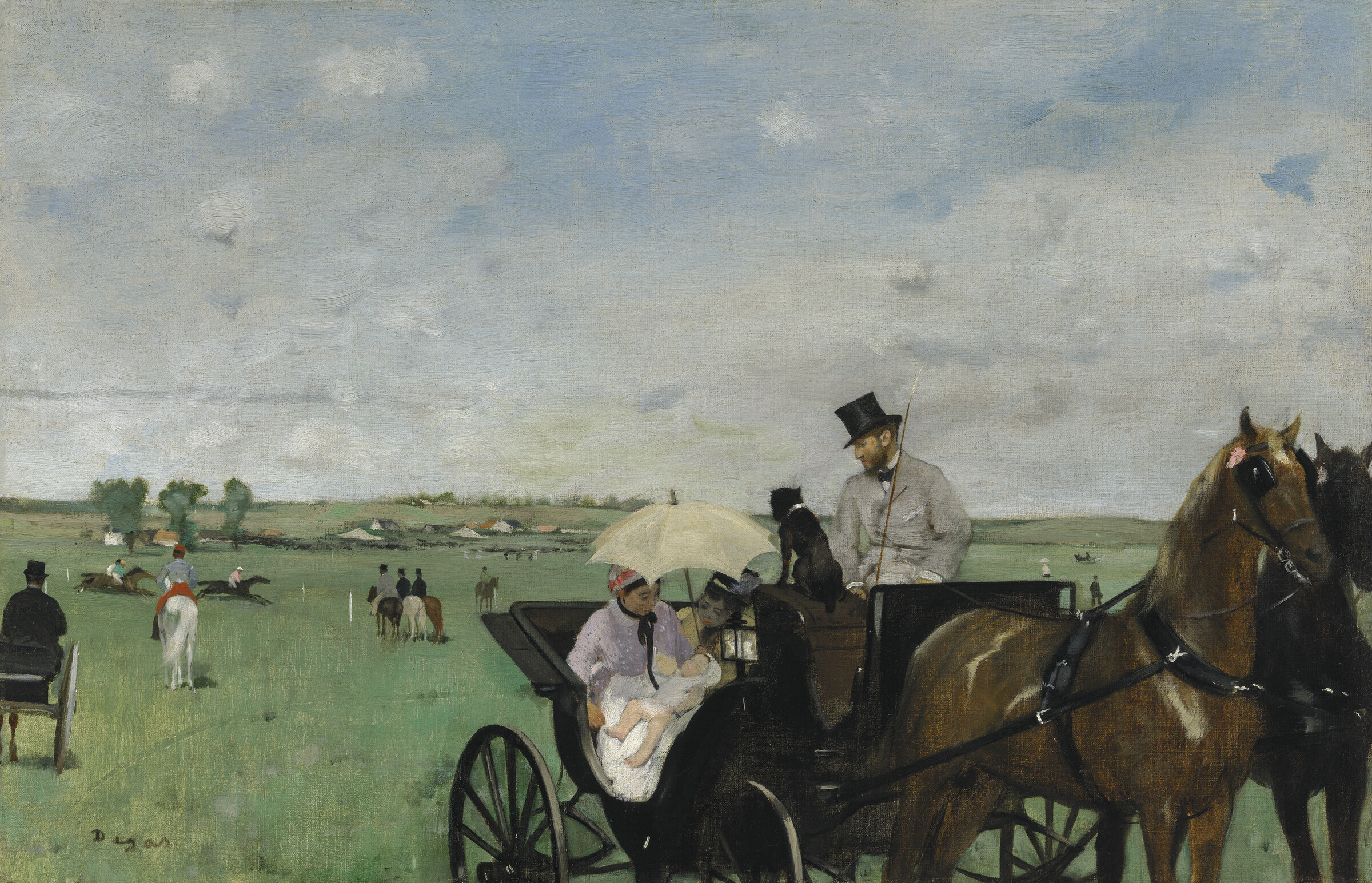
The exhibition’s Impressionist and Post-Impressionist pictures are arrayed in nine thematic groupings in galleries on one side of the top floor of the Beck Building. The visiting show is aligned opposite the standing – and outstanding — MFAH collection of Impressionist and Post-Impressionist paintings which have become old friends to many Houstonians over the years, stimulating ongoing interest in seeing and learning from more of the same.
Shows like this are especially welcome at a time when air travel has become increasingly challenging due to the pandemic. Through this visiting exhibition, during a time when a number of Houston art lovers (and Francophiles) may feel that now is not the best time for them to fly to Paris to view the City of Light’s wealth of art, Paris has come to them.
Visitors are reminded that “due to limitations of space in this popular exhibition, masks are required for the safety of our guests and staff,” and are encouraged to register online for tickets in advance for one of the dates and time slots shown as available on the exhibition website.
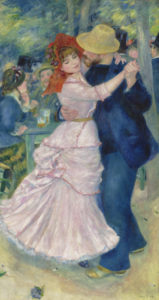
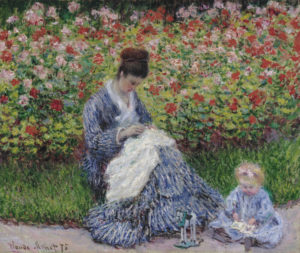
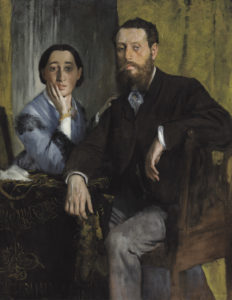
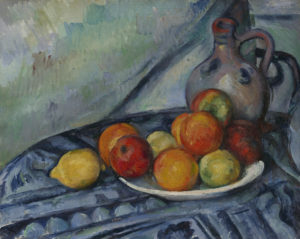
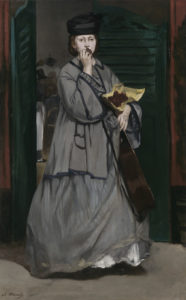
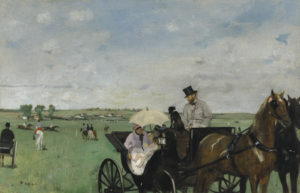


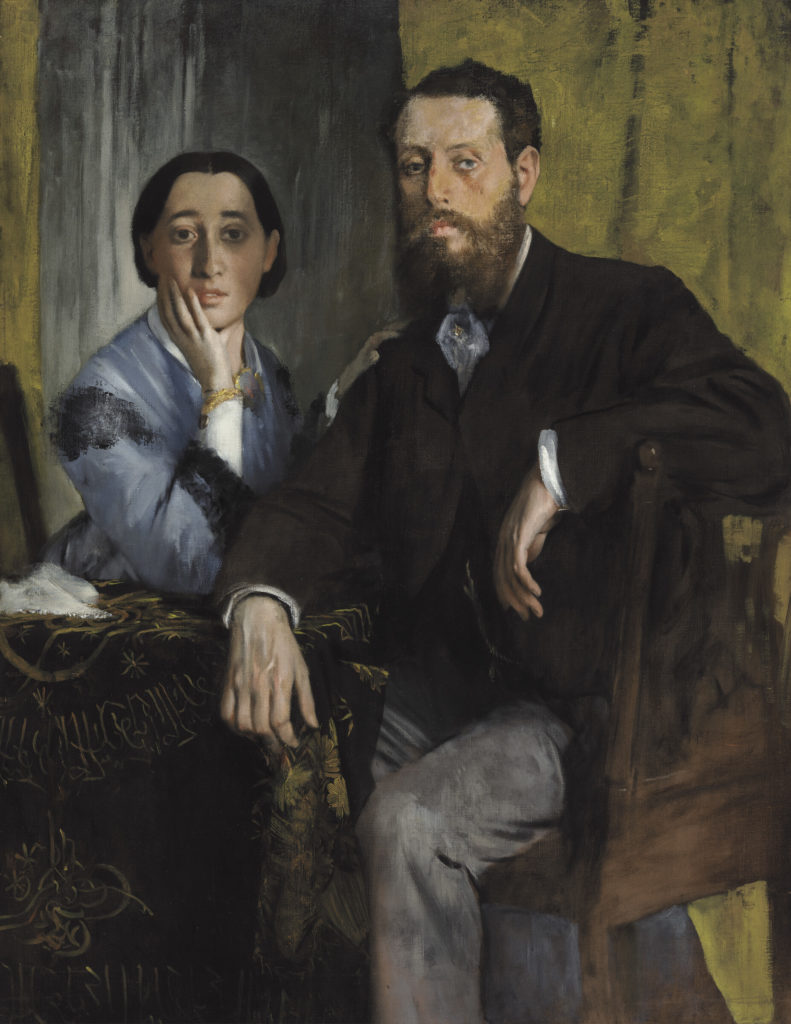
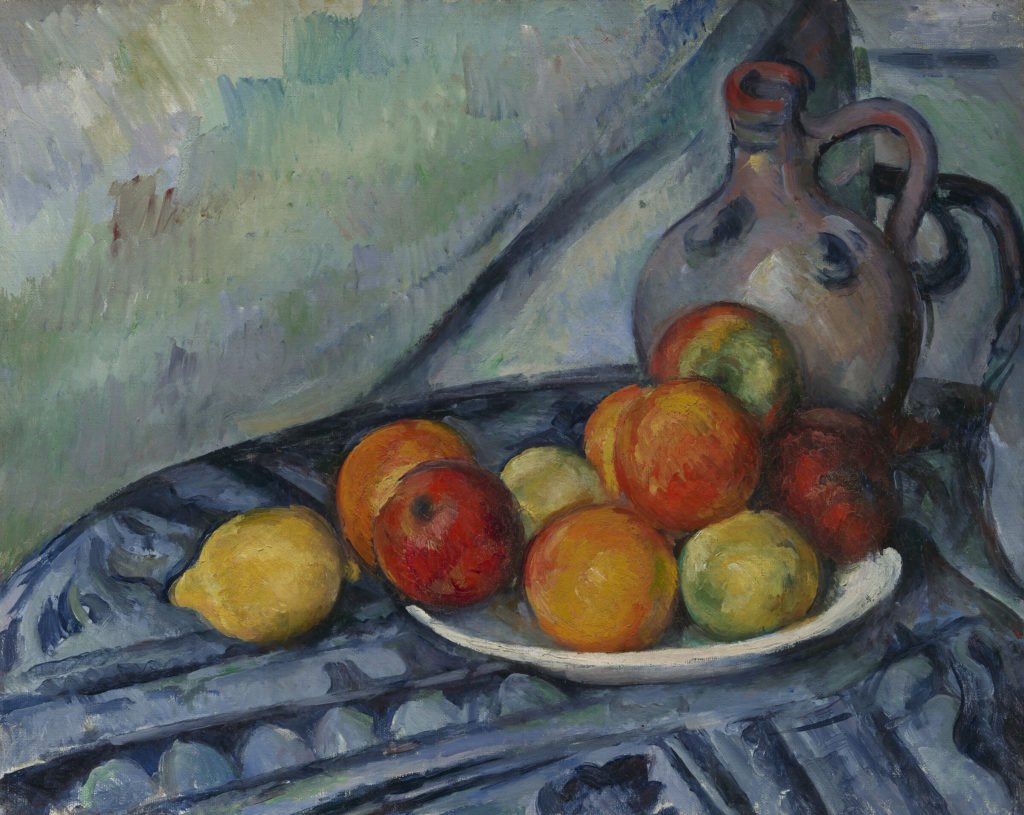
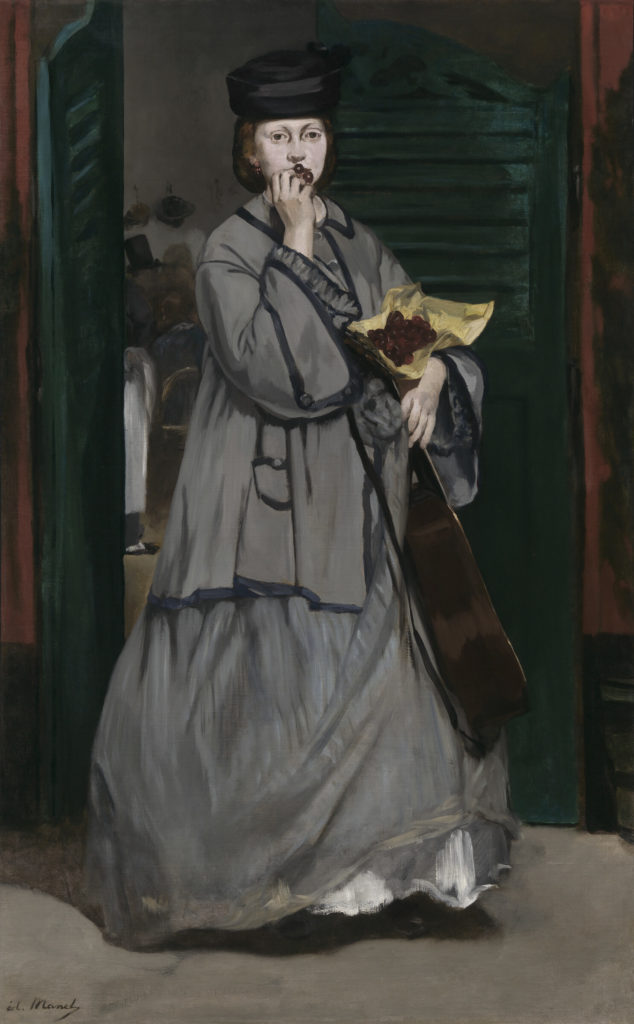















_md.jpg)


















_md.jpg)











_md.jpg)




















_md.jpg)
